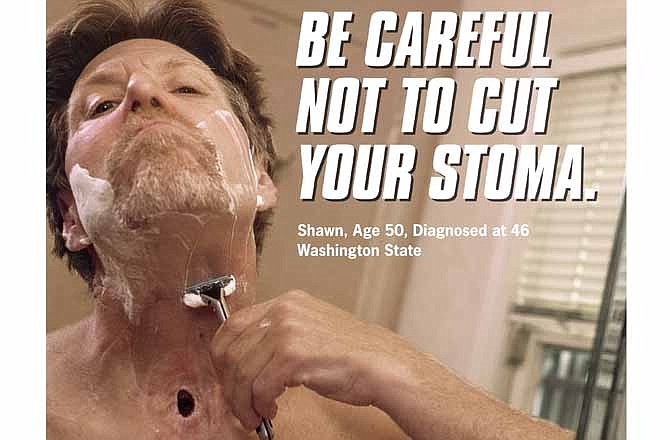ATLANTA (AP) - More than twice as many people called a toll-free number to help them quit smoking a week after the launch of a $54 million ad campaign that shows graphic images of diseased smokers, federal health officials said Friday.
Calls to 1-800-QUIT-NOW totaled more than 33,000 last week - the first week of the ad campaign. The phone line received less than 14,500 calls the week before.
It was the highest call volume ever seen in the seven-year history of the federally sponsored quit line, which routes callers to counseling and information about how to quit smoking.
Meanwhile, clicks to the www.smokefree.gov website, another government smoking cessation service, rose from about 20,000 to about 66,000. Those were the largest jumps in traffic that the phone line and website had ever seen.
The Centers for Disease Control and Prevention kicked off the 12-week ad campaign on March 19. It is the agency's first national anti-smoking advertising effort and features people whose smoking resulted in heart surgery, laryngectomy, lost limbs or paralysis.
The CDC ads are more graphic than spots that have aired nationally before. Advocates have applauded the campaign, saying it's important to jolt a weary public that has been listening to government warnings about the dangers of smoking for nearly 50 years.
It's too early to assess how successful the campaign ultimately is at persuading current smokers to quit, and discouraging would-be smokers from starting. An analysis will be done after the campaign ends.
But the early results have delighted health officials. "This is just a rough indicator, but it's a very encouraging one," said CDC Director Dr. Thomas Frieden.
He noted the results are even more impressive because the quit line number is mentioned in fewer than half of the spots. What's more, for every person who calls the line, many others try to quit on their own.
"This means tens of thousands of people are seeing the ads and thinking of quitting and trying to quit," Frieden said.
Online:
CDC Campaign: http://www.cdc.gov/Features/TobaccoEducationCampaign/

